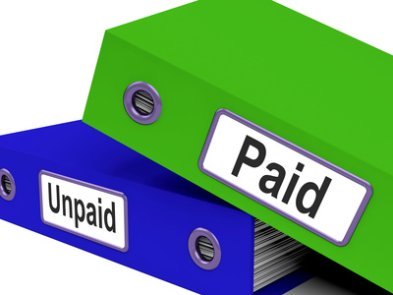The path to fast payment of a home health final claim is a no-brainer – make sure the Final is error-free. Medicare rejects a claim on an error-by-error basis. You can fix one mistake and the inspector then re-examines the claim for other inconsistencies. This can be exceedingly time-consuming and frustrating, especially if you don’t have DDE access to view the claim and fix the errors, and the payment for the Final which should have taken about three could drag on for months, making neither you nor Medicare happy.
Here are the areas to be carefully checked (your clearing house may pick up some errors, but not others):
1. Accurate Patient Information
Correct spelling of name, birthdate, Medicare number. It is wise to take a photo of patient’s insurance card at the assessment visit and not rely on jotting down particulars. Also, check beginning and end dates of certification. If there was an early discharge, Patient Discharge Status box should be changed from 30 to 01.
2. Admitting Physician: correct name spelling and NPI.
3. Firs t Line of Claim – 0023
t Line of Claim – 0023
(This is where most of the errors occur.) The Final must match the RAP, so the first visit date must be the same. If this is a SOC claim, the Assessment must be on the SOC starting date and made by a skilled nurse (Revenue code 0551- HCPCs G0299). If this is a recert the first visit may be made by anyone and does not have to be on the first day of the period. It is very important that the HCPCs code (1BHMS etc) matches that of the RAP. Sometimes new criteria in the patient’s care since the opening assessment has prompted a diagnosis change and if this has necessitated a very different plan of care, it is wise to cancel the RAP and start all over. Otherwise, change the HCPCs on the Final to agree with the RAP.
4. Supplies
(Medicare is rather nit-picky about this). If you are not listing any supplies for compensation, you will have to change the final letter of HCPCs to its numerical counterpart: S=1, T=2, U=3, V=4, so 1BHMS should be 1BHM1. If you are including supplies, the easiest way is to lump them together on one date and a total amount under Revenue Code 0270, leaving the HCPCS box blank.
5. Overlapping Dates of Service
Quite often, a patient will have been using another agency before coming to you, and will not have been discharged, so there is an overlap or if you did not discharge a patient and he started using services of another agency during that time. If there are no actual date on which both agencies claim visits, you can fix this easily by entering 47 in the first adjustment box on the claim. If this doesn’t work, Medicare will have to be called to find out which dates are in question and eliminated.
These are the most salient errors I’ve come across. Medicare is very quick to pick up on any inconsistencies so it can avoid paying the claim. However, if you establish a record of clean submissions, Medicare is also pretty quick in moving claims along to payment without much scrutiny, so it’s worth the time taken at the onset so get everything right!



